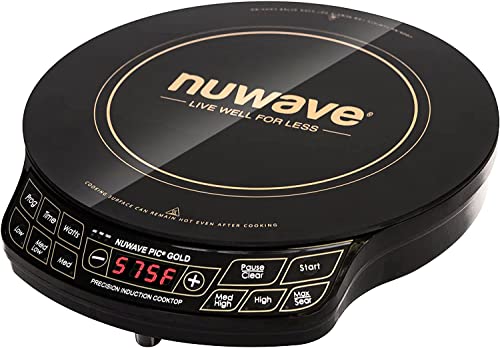Actually should be no problem, certainly a good thing if it sits for extended periods.
Many ignition-based combiners have a delay, start isolation feature, based on oil pressure etc, so the joining only happens after warmup. But again, only appropriate if you want the alt to be your only charge source for Starter.
Many just keep the banks always separate, alt is often not a major source for House overall.
But my philosophy is take advantage of any source as it's available.
Many ignition-based combiners have a delay, start isolation feature, based on oil pressure etc, so the joining only happens after warmup. But again, only appropriate if you want the alt to be your only charge source for Starter.
Many just keep the banks always separate, alt is often not a major source for House overall.
But my philosophy is take advantage of any source as it's available.









































































